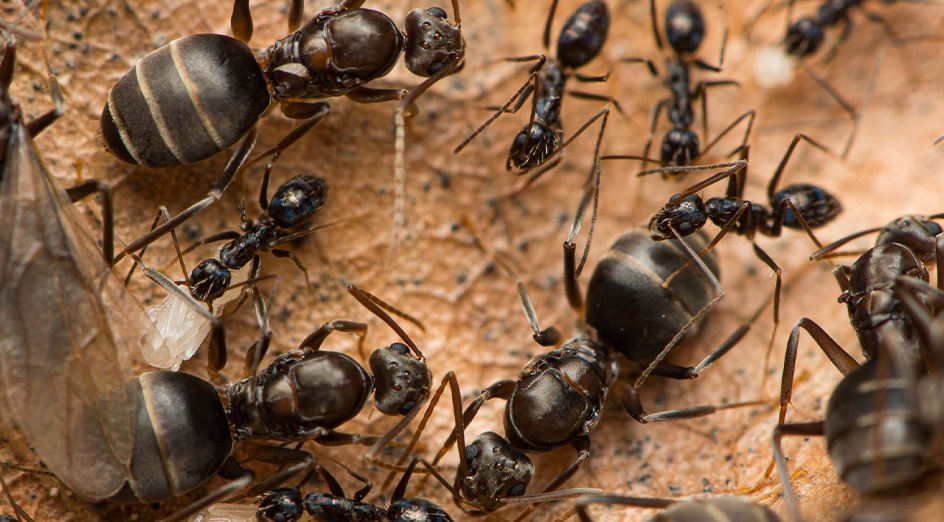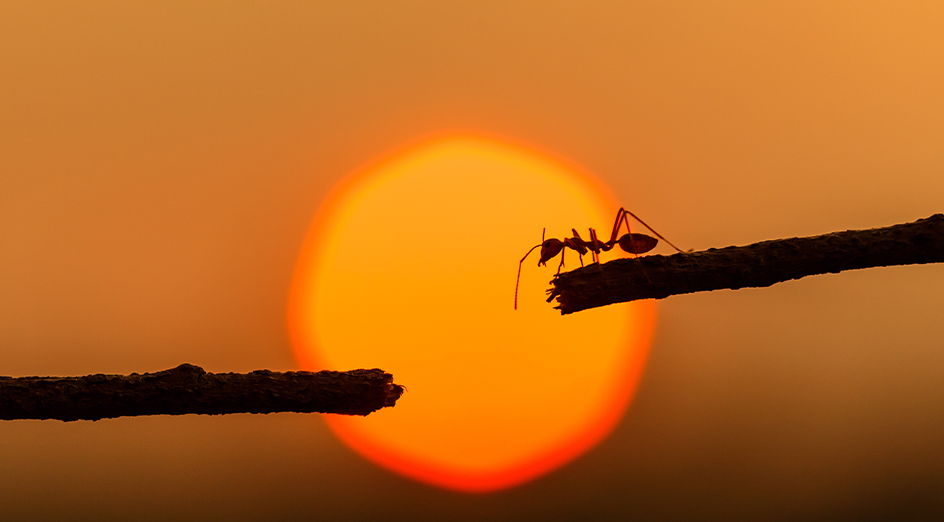They might be tiny but a new study has found that ants are no small fry when it comes to hitching a human-assisted ride to different pockets of the globe.
“Crucially, we found that over 300 species have a high capacity to establish non-native populations, and that about two-thirds of those aren’t being intercepted.”
Dr Mark Wong, UWA
A team of scientists from Australia, Japan and Hong Kong analysed more than 146,000 ‘occurrence records’ of ants to comprehensively map where the pint-sized stowaways had spread outside their native regions.
The findings, published in Current Biology, found that at least 520 species of ants had been transported beyond their native geographic regions, and that around 60 per cent had successfully established wild populations or “naturalised” in at least one non-native region.

Image: They may be small but ants have a big appetite for travel. Picture credit: Francois Brassard, Charles Darwin University
Dr Mark Wong, a Forrest Fellow from the School of Biological Sciences at The University of Western Australia and lead author of the study, said the miniscule marauders included some of the world’s most damaging invasive species.
“Biological invasions by alien species are a complex global problem, and a basic knowledge of where they originate from, where they are going, and their capacity to establish, is key to strengthening biosecurity,” Dr Wong said.
“Our study contributes this information at the global scale for ants, which are extremely important organisms in their native ecosystems, but which can also be among the most damaging when they are unintentionally transported by humans to non-native ecosystems.
“Crucially, we found that over 300 species have a high capacity to establish non-native populations, and that about two-thirds of those aren’t being intercepted.”

Dr Wong said many of the ants were associated with soil and leaf-litter habitats which suggested opportunities for better detection in things like imported soils used in horticulture, agriculture and construction.
The study also documented the exchange of ant species between major zoogeographic realms of the world, with maps revealing that alien ant species had been recorded in almost all but the coldest parts of the Earth’s terrestrial surface.
“The numbers of naturalised species were highest in the southern United States as well as numerous oceanic islands including Hawaii, the Mascarene Islands and the Lesser Antilles,” Dr Wong said.
Dr Wong said it is hoped that identifying hotspot regions for the unintentional export or import of ant species would contribute to understanding the spread patterns and improving biosecurity for other unintentionally introduced species, such as other insects and fungi.
